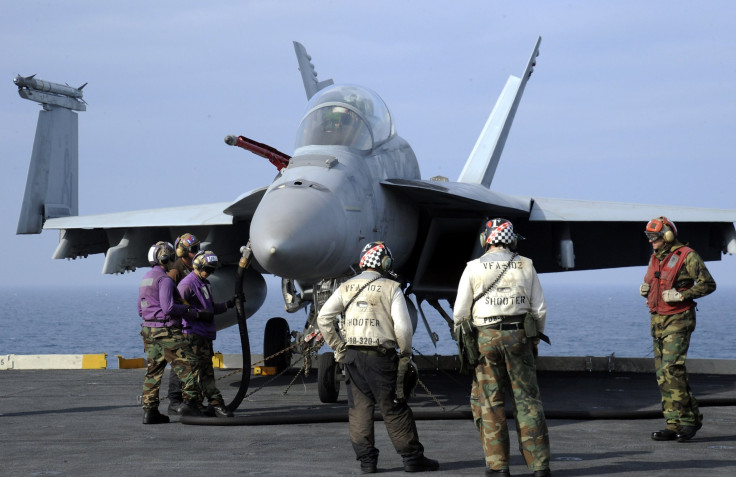US, South Korea Begin Joint Naval Exercises Along Southern Coast Of Korean Peninsula

The United States and South Korea began a joint naval exercise Monday along the southern coast of the Korean Peninsula, Yonhap reported. The two countries will carry out the drills for 11 days in a bid to improve their combined readiness to conduct search and rescue operations, and other underwater missions, the report added.
While Seoul will conduct the naval exercises with Tongyeong, a 3,500-ton rescue vessel, along with 12 personnel from its specialized ship salvage unit, Washington has brought in the 3,300-ton rescue ship USNS Safeguard, along with 15 naval diving and salvage rescue swimmers, according to Yonhap.
The two countries will reportedly perform deep-sea diving and destruction of underwater obstacles to step up their combined capability for rescue missions during both peacetime and times of war. The joint drill is expected to finish April 21.
The exercises come at a time of heightened tensions in the Korean Peninsula, with North Korea threatening to carry out more nuclear tests. The U.S. and South Korea are in talks over deploying the Terminal High Altitude Area Defense (THAAD) missile systems in the Korean Peninsula.
Lt. Gen. David Mann, commanding general of the U.S. Army Space and Missile Defense Command, told Defense News last month that THAAD “would obviously be a huge increase in capability, really proving more of a layered missile defense there on the peninsula. ... It’s very, very important that we clarify that that radar, that system, is not looking at China. That system is oriented, if the decision is made to deploy it, that system would be oriented on North Korea.”
China has constantly opposed deployment of THAAD, saying the system could be used to monitor its missile launches as far inland as Xian in the northwest. Seoul, which has substantial trade with the world’s second-largest economy, previously denied any formal discussion about the installation of THAAD.
© Copyright IBTimes 2025. All rights reserved.






















